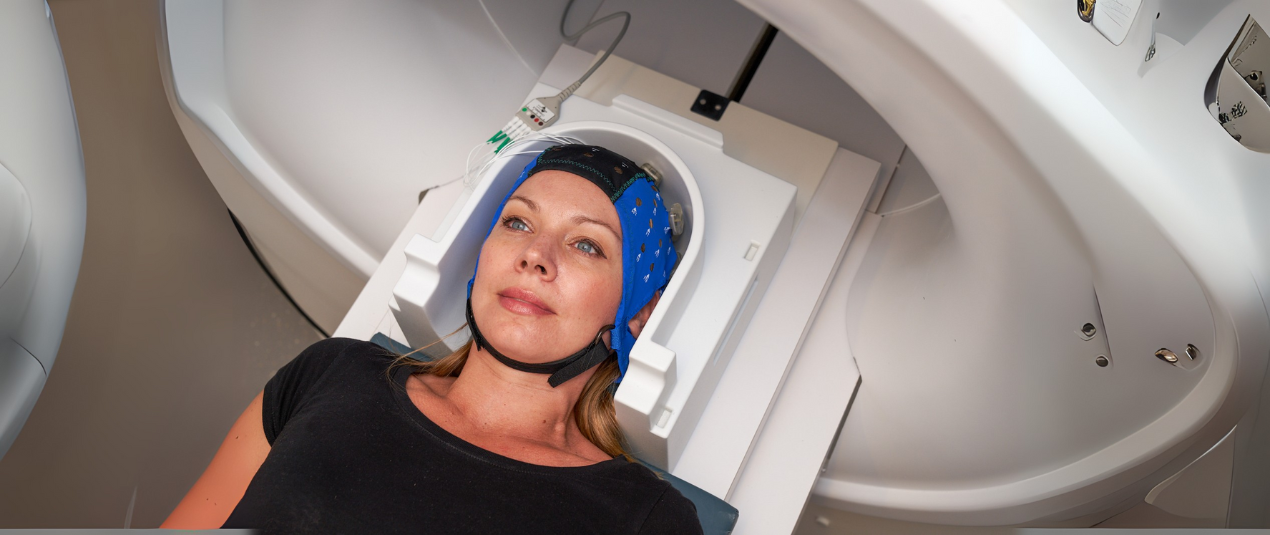Have a question or need more info? Fill out the form and we'll get back to you soon.

TMS-fMRI: This integrated approach combines Transcranial Magnetic Stimulation (TMS) with functional Magnetic Resonance Imaging (fMRI). TMS applies magnetic pulses to non-invasively stimulate or inhibit specific brain regions, while fMRI measures brain activity by detecting changes in blood flow. The combination allows researchers to directly observe the immediate and network-level neural effects of TMS, providing insights into causal relationships between brain areas and cognitive functions. A key feature is its ability to investigate real-time brain responses to stimulation, offering a powerful tool for understanding brain disorders like depression and epilepsy.